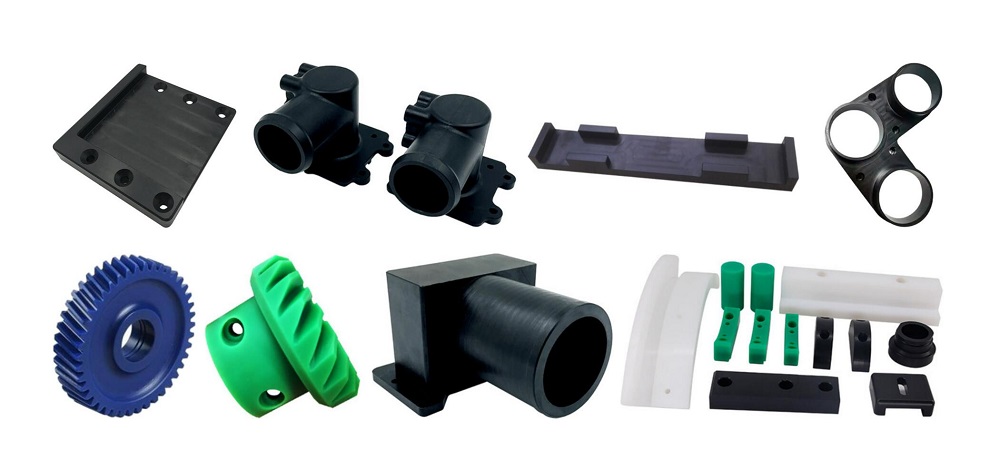With the rapid development of science and technology and the continuous improvement of automation, China's instrumentation industry will also undergo new changes and gain new developments. The high technology of instrumentation products will surely become the mainstream of instrumentation technology and industry development in the future. In the past 20 years, high-tech technologies such as microelectronics technology, computer technology, precision machinery technology, high sealing technology, special processing technology, integration technology, thin film technology, network technology, nanotechnology, laser technology, superconductivity technology, and biotechnology have been acquired. Rapid development. This background and situation have continuously raised higher, newer and more requirements for instrumentation, such as faster speed, higher sensitivity, better stability, fewer sample volumes, and minimal loss or loss of detection. Telemetering is more distant, more convenient to use, cheaper, and less polluting. It also provides a powerful impetus for the development of instrumentation technology and industry, and has become the material, knowledge, and technology foundation for the further development of instrumentation. In particular, we need to point out that in the past 10 years, we have included nano-scale research in precision machinery, achievements in modern chemistry at the molecular level, biological research at the genetic level, research achievements in high-precision and ultra-performance special functional materials, and global network technologies. The advent of a large number of contemporary technological achievements, including the promotion of application results, has led to fundamental changes in the instrumentation field. Through analysis, we can see that high-tech is not only the main feature of modern instrumentation, but also the only way to revitalize the instrument industry, and it is also the mainstream of instrumentation and its industry development in the new century. The overall development trend of instrumentation products is "six high, one long," and "twentieth." Throughout history, analyzing the status quo and looking to the future, we can come up with the following conclusions: In the future, traditional instruments and meters will continue to move toward the “six highs, high performance, high precision, high sensitivity, high stability, high reliability, high environmental protection and long lifeâ€. "Long" direction of development. New types of instrumentation and components will be miniaturized (minified), integrated, integrated, electronic, digital, multi-functional, intelligent, networked, computerized, integrated automation, and optical-mechanical-electronic integration; Services are specialized, simple, family-oriented, personalized, non-maintenance, and automated, dust-free (or ultra-clean), professional, and large-scale "20-degree" development. In this “twentieth-orientedâ€, the dominant, core, or key role is miniaturization, intelligence, and networking. The application field, especially the further expansion of non-traditional application fields, has also injected new vitality and new impetus into the continuous development of the instrumentation industry. With the advent of fieldbus, the process of process measurement and control instrumentation has undergone a major turning point and rare opportunities. The current field bus has become a hot spot in global automation technology. Fieldbus is an open, fully digital, two-way, multi-station communication system used between on-site intelligent meters and control rooms. Its production is not only the actual demand of the vast number of users and the result of technological competition among manufacturers, but also the product and product upgrading of computer technology, communication technology and control technology in the field of industrial control, as well as the realization of further high precision and high performance. (In particular, multi-parameter on-line real-time measurement and control and automatic measurement and control), high stability, high reliability, high adaptability, multi-function, low consumption, etc. provide tremendous power and development space.
In the CNC machining industry, in addition to metal CNC machining, plastic CNC machining is also relatively common. The two are also very different in terms of machining, the selected tools are also different, and there are also essential differences in speed and cooling. Due to the internal stress of the plastic, it is easy to crack and deform, so in the process of processing, it is necessary to control the speed of the tool and the problems of cooling. In short, CNC machining of metal parts and plastic parts is essentially different in the selection of tools, programming of tool paths, determination of tool speed and determination of cooling schemes. It is necessary to fully select and design materials according to material characteristics and processing experience. Only by determining various factors can we produce efficient and qualified products.
Machining metal parts and machining plastic parts are two separate departments at SCZY, each with its own processing equipment, tools and processing technicians. This ensures the durability of the equipment and the experience and professionalism of the technicians. Please contact us to discuss CNC machining knowledge.
Plastic CNC Machining, Machining Of Plastic Parts, Plastic Machining Parts, CNC Plastic, Plastic Precision, Plastic Part,CNC Machining for Plastic Shenzhen SCZY Technology Co.,Ltd , https://www.szcasting.com